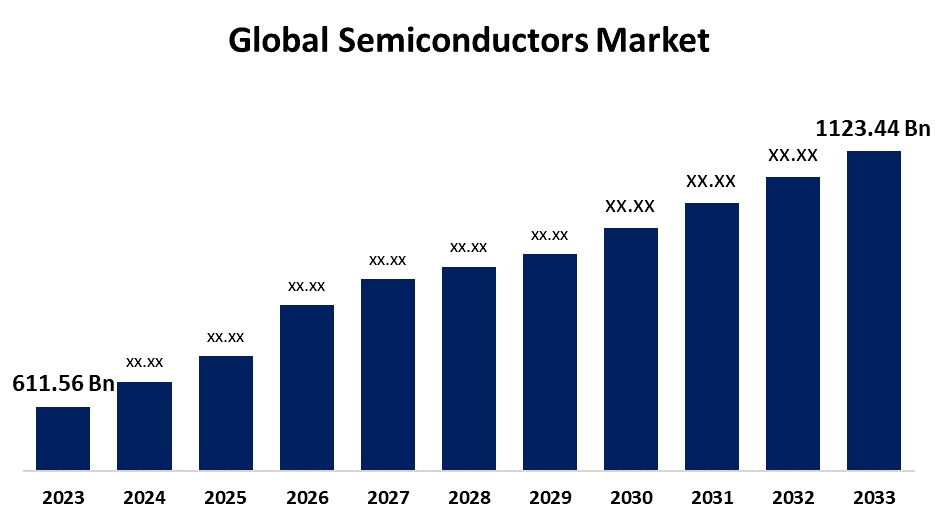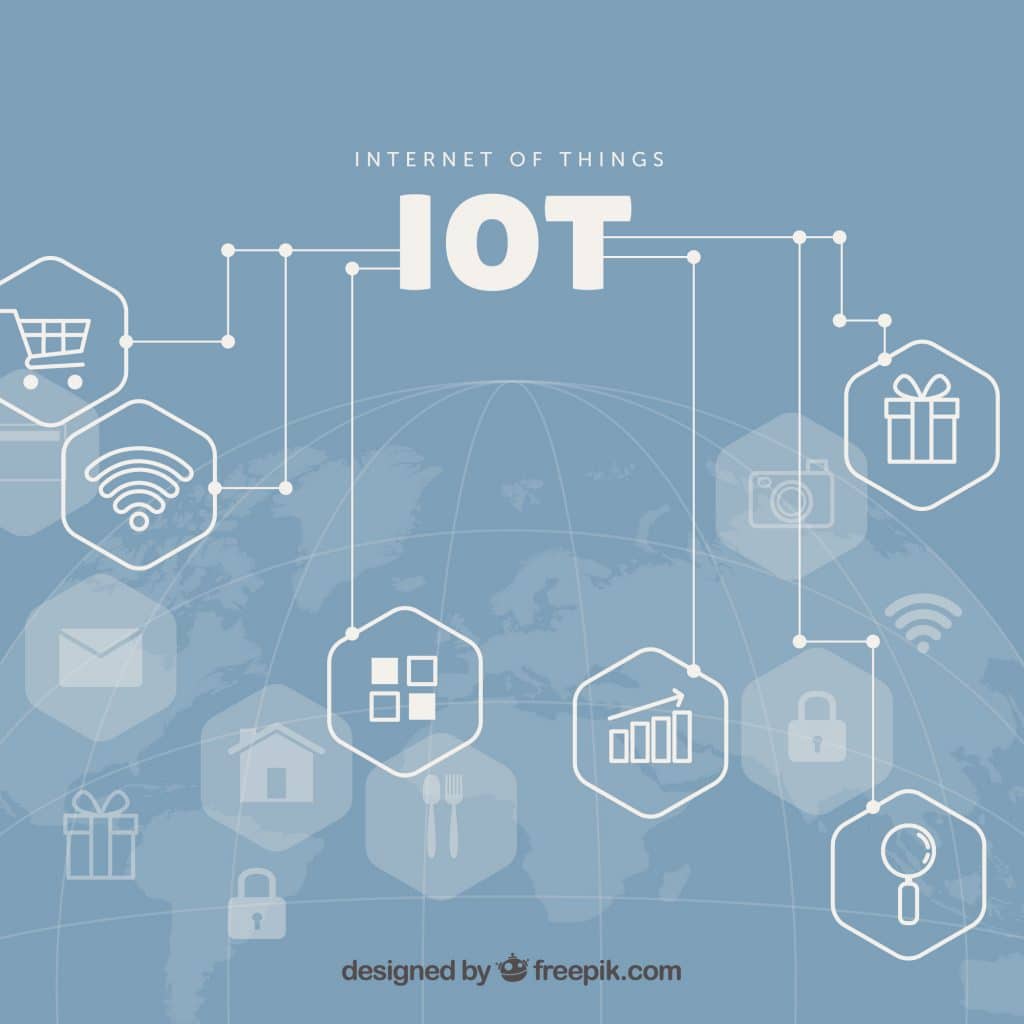The global semiconductor market is experiencing rapid growth across key regions such as the UK, Europe, Asia, and the USA from 2024 to 2030. This growth is driven by the increasing demand for emerging technologies like AI, 5G, IoT, and autonomous vehicles, all of which rely on advanced semiconductor solutions. In the UK, significant investments in AI and advanced manufacturing are expected to propel the semiconductor market, with forecasts estimating a £5 billion market size by 2025. Similarly, Europe’s semiconductor industry is set to expand due to the EU’s Western Chips Act and rising demand in automotive and IoT sectors.
Asia remains the global leader in semiconductor production, with countries like China, Taiwan, and South Korea dominating the market. With a projected market size of $500 billion by 2030, Asia’s focus on AI and consumer electronics is driving massive semiconductor demand. Meanwhile, the USA’s semiconductor industry is bolstered by government initiatives like the CHIPS Act, focusing on enhancing domestic manufacturing and innovation. The region is poised to reach $250 billion by 2030, driven by advancements in AI, cloud computing, and quantum technologies.
Each region’s investments in semiconductor technologies will play a critical role in shaping the future of global innovation and economic growth.
The semiconductor industry is a cornerstone of international scientific advancement, serving as the foundation for innovations in AI, IoT, 5G, and advanced manufacturing. These emerging technologies and the continuous modern transformation across industries have led to a skyrocketing demand for semiconductors in subsequent years. This article provides an AI-driven review of the semiconductor market size projections for 2024-2030, focusing on the important regions: the UK, Europe, Asia, and the USA. We will explore market forecasts, trends, and the driving forces behind the growth in each region.
Semiconductor Market in the UK ( 2024-2030 )
Market Forecast and Growth Trends
The UK semiconductor market is expected to grow rapidly over the next ten years, as a result of growing technology and innovation investments. According to a report by Statista, the UK semiconductor market size is expected to reach approximately £5 billion by 2025, with a compound annual growth rate ( CAGR ) of 7% from 2024 to 2030. Read more on Statista.
The growth in the UK market is largely driven by the country’s focus on developing its tech sector, especially in AI and advanced manufacturing. The government’s investment and the establishment of innovation hubs are essential factors contributing to this expansion. Also, the UK’s proper initiatives, such as the National AI Strategy and the Digital Strategy, emphasize the importance of semiconductors in driving future financial growth.
Emerging Technologies and Applications
The UK’s semiconductor industry is witnessing increased demand from sectors such as electrical, telecommunications, and healthcare. The demand for advanced semiconductors in the automotive industry is especially boosted by the development of electric vehicles ( EVs ) and autonomous driving technologies. Additionally, it is anticipated that the 5G network expansion will result in a major demand for semiconductors used in telecommunications equipment and devices.
Coming Prospects
With advances in AI and machine learning further enhancing the capabilities of semiconductor technologies, the UK is anticipated to play a significant role in the global semiconductor supply chain by 2030. A key trend will be placed even on responsible and energy-efficient semiconductor solutions, which will be driven by the UK’s commitment to achieving net-zero carbon emissions.
Semiconductor Market in Europe ( 2024-2030 )
Market Dynamics and Forecast
Europe is a significant player in the world’s semiconductor sector, with a solid emphasis on high-quality manufacturing and innovation. According to a report by Mordor Intelligence, the European semiconductor market is projected to grow from$ 45 billion in 2024 to$ 70 billion by 2030, with a CAGR of 6.5%. Explore the Mordor Intelligence report.
The growth in the European market is driven by the increasing demand for semiconductors in mechanical, business automation, and consumer electronics. The push for local semiconductor production and the emphasis on digital sovereignty by the European Union ( EU) are also contributing to the market expansion. By 2030, the EU’s €43 billion Western Chips Act aims to double Europe’s share of global semiconductor production.
With the fast growth of electric vehicles and intelligent driving technologies, the automotive industry is one of Europe’s biggest consumers of semiconductors. Also, Europe is seeing significant investments in semiconductor research and development, especially in areas such as AI, quantum computing, and advanced manufacturing.
The demand for semiconductors in Europe is now being driven more by Industry 4.0 and the more widespread use of IoT in commercial applications. As more industries make use of bright technologies to increase productivity and efficiency, this trend is expected to continue.
Challenges and Future Perspectives
Despite the country’s good growth outlook, Europe still faces challenges from Asia and the USA, for as supply chain disruptions and competition. By 2030, Europe is expected to be a leader in semiconductor innovation thanks to the EU’s corporate initiatives and the focus on developing a tenacious supply chain.
![]()
Semiconductor Market in Asia ( 2024-2030 )
Asia’s Dominance in the World Market
Asia is the largest and fastest-growing region in the global semiconductor market, with countries like China, Taiwan, South Korea, and Japan leading the charge. The Asian semiconductor market is projected to reach$ 500 billion by 2030, growing at a CAGR of 9% from 2024, according to a report from Gartner. Read more on Gartner.
China, in particular, is investing heavily in semiconductor production to reduce its reliance on international technology. The Chinese government’s support for the semiconductor industry, coupled with major investments is driving the rapid expansion of the market. However, Taiwan and South Korea continue to dominate in semiconductor manufacturing, with companies like TSMC and Samsung leading the world market.
Advancements in technology and applications Demand for semiconductors in Asia is driven by the common use of consumer electronics, 5G, IoT, and AI. These technologies require sophisticated semiconductor solutions for processing, connectivity, and data storage. In specific, the growth of Artificial applications in areas such as healthcare, finance, and autonomous vehicles is expected to drive significant demand for semiconductors.
Japan is also a key player in the semiconductor market, with a focus on high-quality and trusted semiconductor products used in electrical, industrial, and consumer electronics. The nation is a significant player in the global semiconductor supply chain because of its powerful manufacturing base and emphasis on innovation.
Potential Trends and Market Outlook
By 2030, Asia is expected to continue its dominance in the global semiconductor market, with significant advancements in AI, quantum computing, and next-generation manufacturing technologies. The region’s commitment to creating a tenacious semiconductor supply chain and reducing reliance on outside contractors will be essential for its growth in the approaching years.
Semiconductor Market in the USA (2024-2030)
Market Overview and Growth Prospections
The US is a significant player in the global semiconductor sector, with a market size projected to increase from$ 150 billion in 2024 to$ 250 billion by 2030, according to a report from Fortune Business Insights. During this time, the market is anticipated to grow at a CAGR of 7.5%. Read the report from Fortune Business Insights.
The USA’s leadership in semiconductor design and innovation is driven by companies like Intel, NVIDIA, and Qualcomm, which are at the forefront of developing cutting-edge semiconductor technologies. Major government initiatives like the CHIPS for America Act, which aim to promote domestic semiconductor manufacturing and innovation, even support the nation’s semiconductor market.
Important Implications and ApplicationsThe fast adoption of AI, cloud computing, 5G, and autonomous vehicles is a driving force behind the demand for semiconductors in the USA. These technologies require sophisticated semiconductor solutions to meet the growing need for processing power, connectivity, and data storage.
The USA is also a leader in semiconductor with significant investments in developing next-generation semiconductor technologies such as quantum computing, memristive computing, and advanced packaging. Over the next ten years, the growth of the semiconductor market in the USA is anticipated to be driven by these innovations.
Opportunities and Challenges
While the USA is a leader in semiconductor design and innovation, it faces difficulties in terms of supply chain disruptions and manufacturing capacity. The government’s efforts to improve home semiconductor manufacturing and lessen reliance on foreign suppliers are anticipated to improve the resilience of the US semiconductor supply chain.
Conclusion
The semiconductor market is poised for major growth across the UK, Europe, Asia, and the USA from 2024 to 2030. Each region is investing heavily in semiconductor manufacturing, and innovation to meet the growing demand for innovative technologies such as AI, 5G, and autonomous vehicles. These regions will have a significant impact on shaping the future of technology and driving worldwide economic growth as these regions continue to grow their semiconductor industries.










